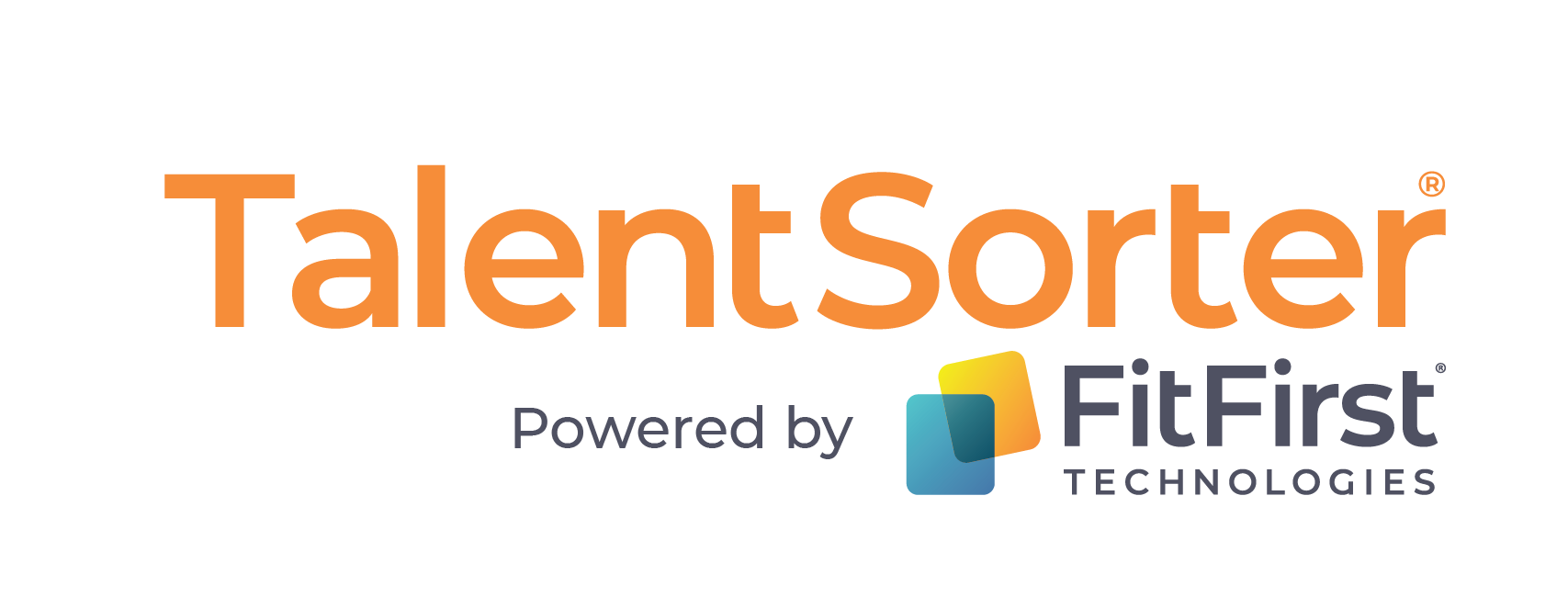Why is it that, even when we know that a particular habit isn’t serving us well and may even be harming us, we still resist doing what we know makes logical sense to avert the inevitable?
What is it about the human condition that allows us to rationalize the patently illogical, and even the irresponsible? This dysfunction shows up in our own little ‘vices’, in the way we treat the world around us, and in the organizations we lead.
For more than a decade, Gallup and a host of other global consulting firms have been reporting on levels of engagement. We’ve all seen them – and they are dismal: less than 30% of the population is fully engaged in their work; another 20% are fully disengaged, and in excess of 50% are in some stage of disengagement.
These statistics haven’t improved over the last decade and a half; if anything they have worsened. And they are reinforced by other measures that point to something fundamental in organizations being critically broken:
- Only 14% of employees are in a role that draws from their strengths most of the time
- 23% of payroll dollars are unproductive because of poor job fit
- Conflict, especially with the manager, is the cause of the vast majority of departures
- Lack of organizational depth is at critical levels – fully one third of workers under 35 are in their first year with their current employer, and another third expect to be employed elsewhere before the year is out
- 94% of 250 senior HR execs globally assert that their workforce is unprepared to help their organization meet its strategic objectives
These statistics aren’t new, and they aren’t improving. And yet, what is it that allows us to read them, grunt or shake our head, and simply move on with our day? Where is the critical thinking, the willingness to step back, acknowledge that something fundamental isn’t working, and to find a better way?
Clearly, the process of matching people to opportunity is badly broken. But where? Today, recruiters and HR professionals have more resources than ever before at their fingertips, including powerful systems that will comb through immense résumé databases looking for the right keywords and combinations. Yet, for all the power in these systems, it’s hard to claim that they are effective unless the main metric we’re relying on is the number of days a position is open. We could concede that these machines are good for matching widgets with holes, but not much more.
The critical flaw is in the very foundation of this approach: There is nothing in a résumé that is predictive of how long someone will stay in their job or how productive they will be while they are there. Look at your very best performers and your very worst: their CVs will be indistinguishable from one another.
Relying on the résumé as the primary admission ticket, and building elaborate machines that filter people in or out on the basis of barely relevant data is the root of the problem.
Isn’t that an inconvenient truth!
So what now? What can we rely on in matching the person to the right job, be they new candidate or long-time staffer? The best predictors of engagement, and therefore performance, productivity, retention, customer satisfaction – and profit – are the following four critical aspects of fit:
- Fit with the manager. Does the manger have the ability and the willingness to set the stage for the employee’s success? Does the employee have the tools and the knowledge to do good work?
- Fit with the job. Is the employee in a role that draws from their talents, strengths and interests? Are they doing work they enjoy and that has some meaning for them?
- Fit with the team. Does the individual feel they belong? Are the people around them as committed to quality? Do they share the same values and work ethic?
- Fit with the organization. As important as values and culture, is this a place where the employee feels they can learn and grow, and where thy can feel like they are contributing to something of value?
These four aspects of fit need to be primary admission tickets; they are much more reliable predictors of success than anything in a CV, and the benefits to the bottom line are astounding.
In what ways is your organization relying on old habits and assumptions that are no longer valid, hoping to deliver the results that are so critical today? What leadership is necessary from you to break free from the comfort of old habits, to create new and more productive ones?
[vc_row][vc_column][rd_cta style=”rd_cta_2″ title=”Try Our Scientific Solution to Successful Hiring” left_border_color=”#04bdce” button_text=”FREE TRIAL” button_link=”https://www.talentsorter.com/free-trial/” target=”_self” button_color=”#ffffff” button_bg_color=”#04bdce”]With our Software You’ll Spend 80% Less Time Sorting through Resumes, 70% Less Time Interviewing, and Reduce Turnover 20-60%! Start a FREE TRIAL (no credit card required)[/rd_cta][/vc_column][/vc_row]
